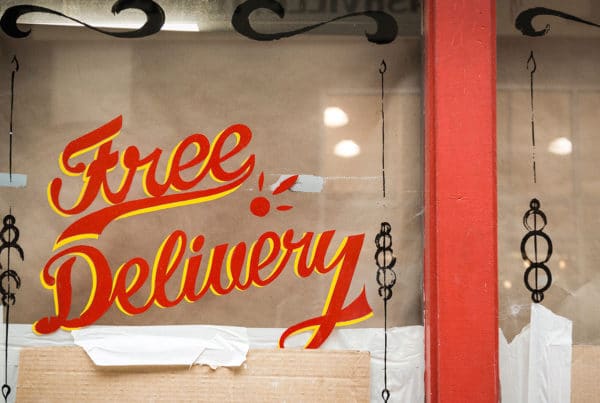Streamlining your e-fulfilment process saves you money on your e-commerce logistics in the long term. It helps win over new customers by proving you are an efficient and well-performing online store.
It’s important to remain customer-focused and on-brand with your e-fulfilment. The tips below will help bring your e-fulfilment strategy to the next level without the need to outsource any part of the process.
The topics covered include:
- What is e-fulfilment?
- Boosting repeat business with e-fulfilment
- Outsourcing
- Dropshipping
- E-fulfilment checklist

What is e-fulfilment?
E-fulfilment is simply defined as delivering the merchandise to the customer as per your sales agreement. ‘Fulfilment’ of this obligation is a crucial part of any retailer’s job and is particularly relevant to e-commerce. This is why we refer to it as ‘e-fulfilment’. The same applies if you sell your merchandise through platforms like Amazon or eBay rather than your own shop.
E-fulfilment includes the following:
- Warehousing and order picking
- Packaging
- Shipping
- Tracking
- Invoicing
- Payment processing and debt collection
- Managing returns
- Possible repairs
- Customer support
‘Fulfilment’ is a broad term that covers many different aspects of an online retailer’s work. From the moment you receive an order until the time the customer gets the merchandise, each step is important.
Branding:
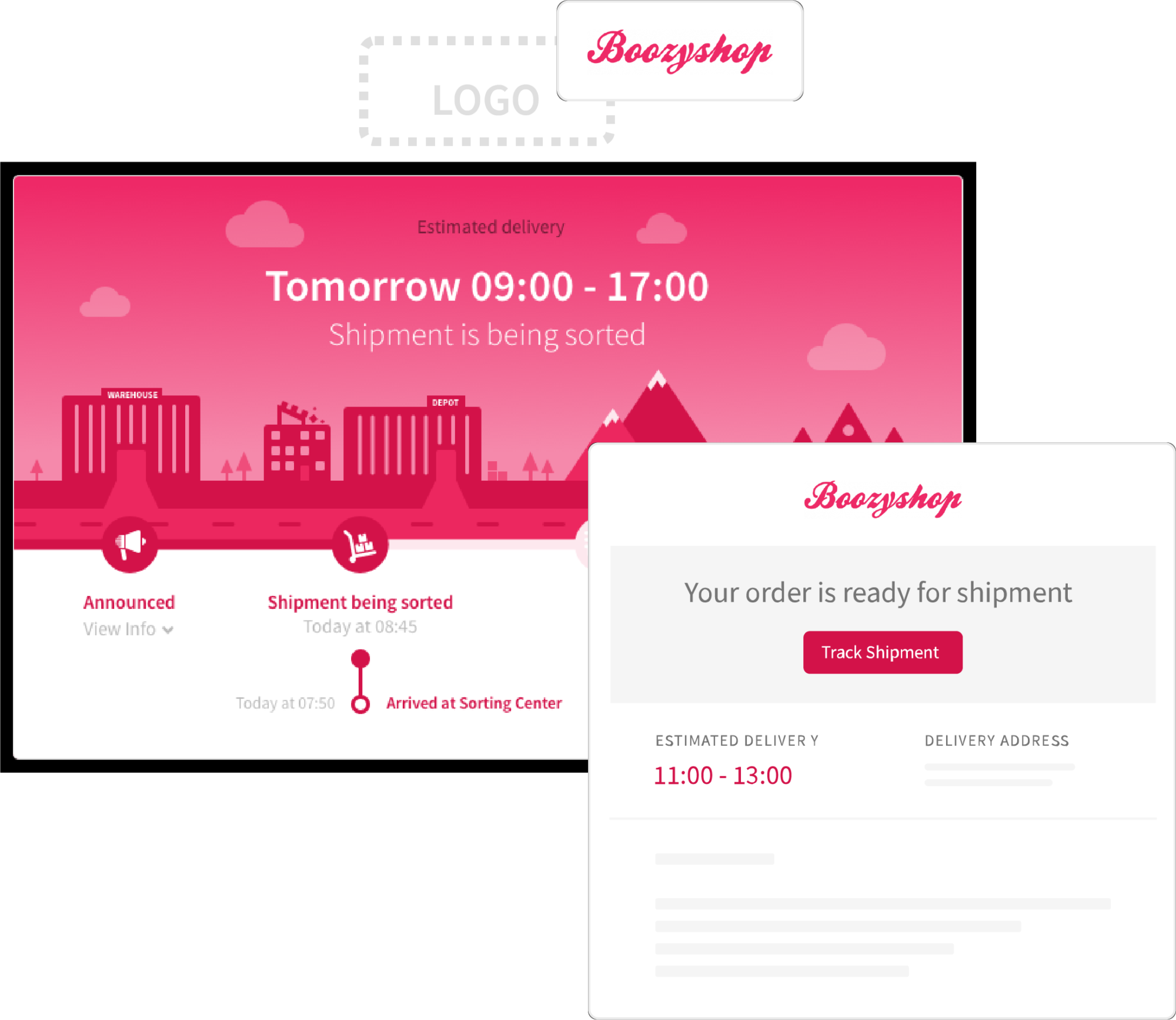
Throughout the process, it’s important to create the right look and feel. The idea is to give your customers a positive image of your brand without being too pushy. This helps increase your chances of repeat business.
User Experience:
Another important factor is user-friendliness. Today’s online shoppers expect a fast, effortless shopping experience. They want to be able to order their products with a simple one-click process. They also expect a wide selection of customer-friendly payment and shipping options. This is a big challenge for small online shops.
Time Keeping:
With smart software, you can now automate many processes. This saves precious time. The more packages you can prepare for shipping a day, the quicker your packages will reach your customers. This will keep your customers satisfied, resulting in higher sales figures in the long run.
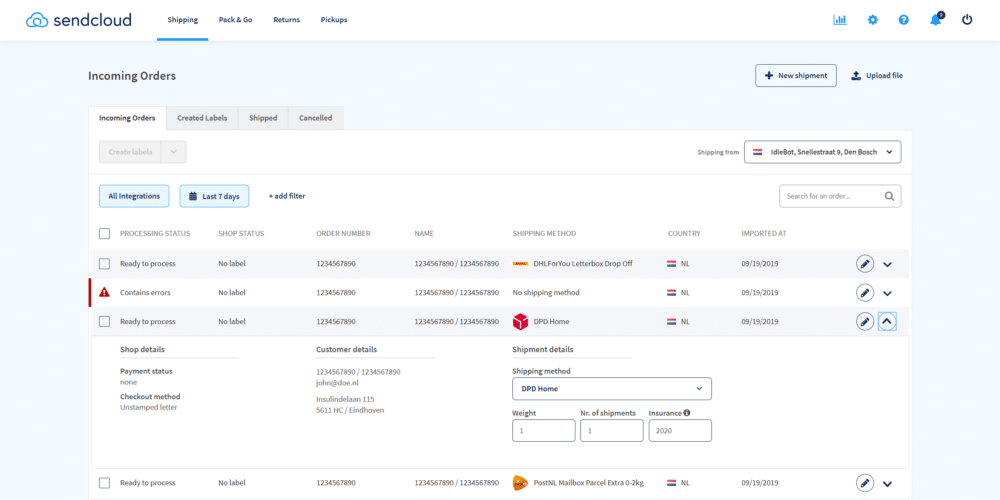
Here’s our step-by-step guide for setting up a professional e-fulfilment operation without having to outsource any part of the process.
Boosting repeat business: What are the best e-fulfilment practices?
Start building your e-fulfilment process by looking at the customer journey. For each step of the journey, there will be ways to improve your current practices.
1. Checkout

Paypal is a very popular payment method. It opens up your online business to shoppers who do not have a credit card. You should also consider mobile payment options, like Apple Pay, which are increasingly popular. If customers are shopping on their mobile devices, payment is as easy as scanning their face or thumb. They don’t even have to leave your site to do it. Depending on what kind of products you sell, you may even want to include the options of payment in installments or afterpay.
It’s important to offer a wide range of options and give your customers what they want. The result will be a lower cart abandonment and higher conversion rates for your online shop.
2. Smart shipping and order-picking solutions
Next, let’s look at how you ship your merchandise. The faster your merchandise leaves the warehouse, the quicker your customers get it, and fast delivery has never been more important. In the world of Amazon, customers often expect to receive their products the day after they have ordered.
Like with payment methods, it’s important to offer multiple shipping options. Our integrated solutions let you integrate multiple carriers simultaneously. This means you can offer a choice of shipping options to your customers. You can even choose from many international shipping partners.
Automation:
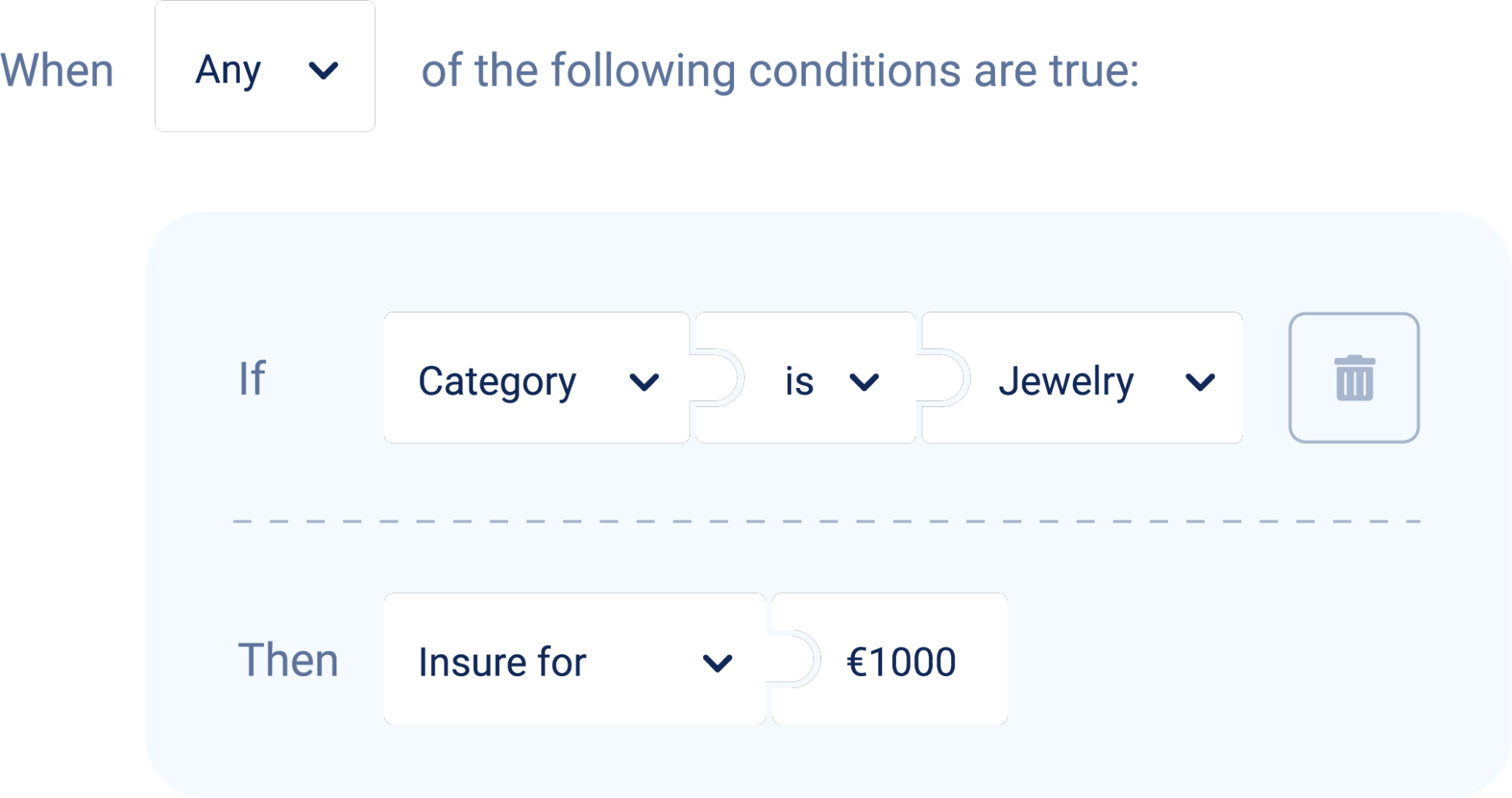
You can also automatically apply insurance to shipments, choosing which products you want to insure.
And you can easily create and print shipping labels, making it easier to pack your products and speed up the shipping process. Automated processes also lower the risk of human error. That makes them faster and more reliable.
3. Order Tracking
Once a package ships, most customers want to keep track of the status. Tracking sites enable customers to check the status of their shipment at any time.
Your customers are used to doing business within your own branded website. Unbranded tracking pages don’t match the design of your own site, so they detract from the customer’s experience of your brand.
A personalised tracking service enhances the customer’s perception of your brand. It also makes an excellent touchpoint for encouraging further shopping, building loyalty, and trust in your shop.
Sendcloud offers you the capability to create a tracking experience that you can customise to match your shop. Our template lets you add your own logo and branding. You can also include after-sales marketing messages by either linking to your Instagram feed or displaying an ad banner.
4. Return Shipping
The best way of preventing returns is to give customers a very clear view of your product to begin with. That means providing an accurate, detailed product description, with images to match. This helps you to avoid disappointing your customers.
However, even when customers have a clear view of the product, there’s always a chance that they will return it. Shoppers return up to 20% of items bought online, and fashion is the product category with the highest return rates.
It’s important to know your market and understand the average return rate. This will help you predict your own return shipping needs. Is your return rate in line with the average for your market? If so, that’s good news. But returns are still a burden that will keep your support department busy. They can increase your operating costs and take up precious resources.
Our Return Portal can help automate handling your returns. This makes it easier for your customers to initiate a return, saving your support team time. Customers visit the Return Portal directly to report the return, filling in the reason for their return. They can then create and print out their own return labels, meaning the packages are always correctly labeled. Plus, your customers enjoy using an attractive, professionally designed Return Portal. It’s a perfect way of turning an e-fulfilment necessity into a positive customer experience.
 5. Smart after-sales marketing
5. Smart after-sales marketing
After-sales marketing (or after-sales management) covers everything that happens after the sale. There’s some overlap between e-fulfilment and after-sales marketing, but each has its own focus. After-sales marketing is about managing what comes after the sale. E-fulfilment covers your entire product presentation, from the sale to delivery. Still, it’s a good idea to include after-sales marketing in your e-fulfilment strategy.
After-sales marketing is the perfect opportunity to get your customers to come back to your store. These users have already converted to your brand, which means they’ve already built up a level of basic trust in your shop. Convincing existing customers to make another purchase is much easier than convincing new users who don’t have this trust.
Order-related email notifications offer lots of opportunities. As mentioned in the section about Tracking, there are two things you should focus on: your customer’s needs (information that is available all the time) and your company’s branding.
Order-related emails are one of your shop’s most basic forms of communication. Make sure they’re not boring. Keep them on-brand, so your customers enjoy a distinctive brand experience. You can also use them to share offers, giving customers an incentive to place another order. A smart approach to after-sales marketing turns after-sales into pre-sales.
The more natural your brand feels, the better your customers will feel about it. And that means repeat business for you!
Outsourcing: The Pros and Cons

As we talked about above, you can do most e-fulfilment tasks yourself. Take advantage of automated processes and smart methods of communication. However, if it’s still not possible, there are many e-fulfilment service providers on the market to outsource (part of) your e-commerce logistics to. Before deciding to outsource, ensure you consider the pros and cons, and what is achievable for your business.
The main advantage is that outsourcing makes things easier:
- Less work to do in-house
- The provider offers automated processes
- The provider has a wealth of experience
The main disadvantage is that you have less control:
- No direct influence over customer satisfaction
- Less control over the individual steps
- It’s up to the provider to deal with mistakes
- There are extra costs involved
- The process is less flexible
Dropshipping:
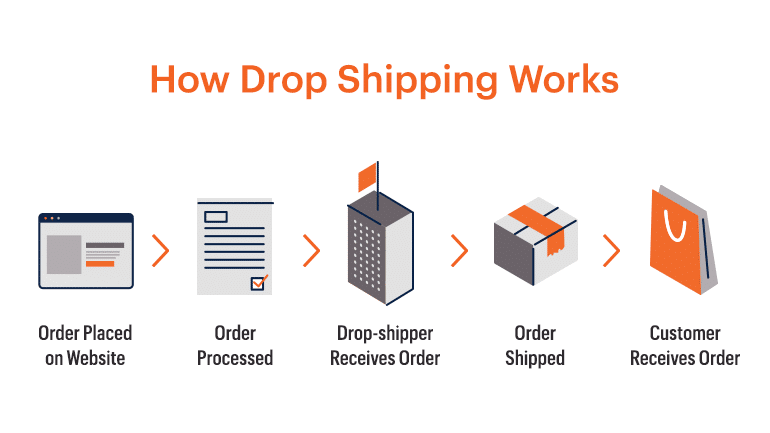
Some online retailers don’t even operate their own warehouses. They order directly from their wholesalers. But this often doesn’t make a difference for the customers. They’ll still receive a package that bears the online retailer’s branding.
This model can be effective in some markets. But e-fulfilment is still important. Someone still has to accept, pack and ship the order. With dropshipping, the wholesaler takes care of the last two of these steps. In other words, you are outsourcing those e-fulfilment processes, which means the same disadvantages of outsourcing apply.
Remember that the benefits of outsourcing always come with risks. It’s best to have full control over the entire process. Otherwise, you can’t guarantee customer satisfaction in the long term. That’s why a smart, integrated solution is still the best option. Optimising each step of your e-fulfilment process saves money and gives you control. This is much more effective, even for small businesses.
E-fulfilment: A checklist to design a strong e-fulfilment strategy
- Your e-fulfilment processes are as simple as possible.
- Provide accurate product descriptions with useful images.
- Always keep your inventory up to date.
- Offer all major payment methods (including Paypal).
- Supply customer-friendly shipping options with fast delivery.
- Automate your back-office shipping process with smart shipping rules.
- Provide an accessible tracking site that matches the rest of your website.
- Keep the returns process as simple as possible for customers and yourself.
- Carefully use after-sales marketing to boost repeat business.
Let us know your key strategies with your e-fulfilment process in the comments below. Sendcloud offers smart solutions to help you achieve efficient shipping, tracking, and returns process. Whether you’re a small business or major online retailer, learn more about shipping with Sendcloud here.







